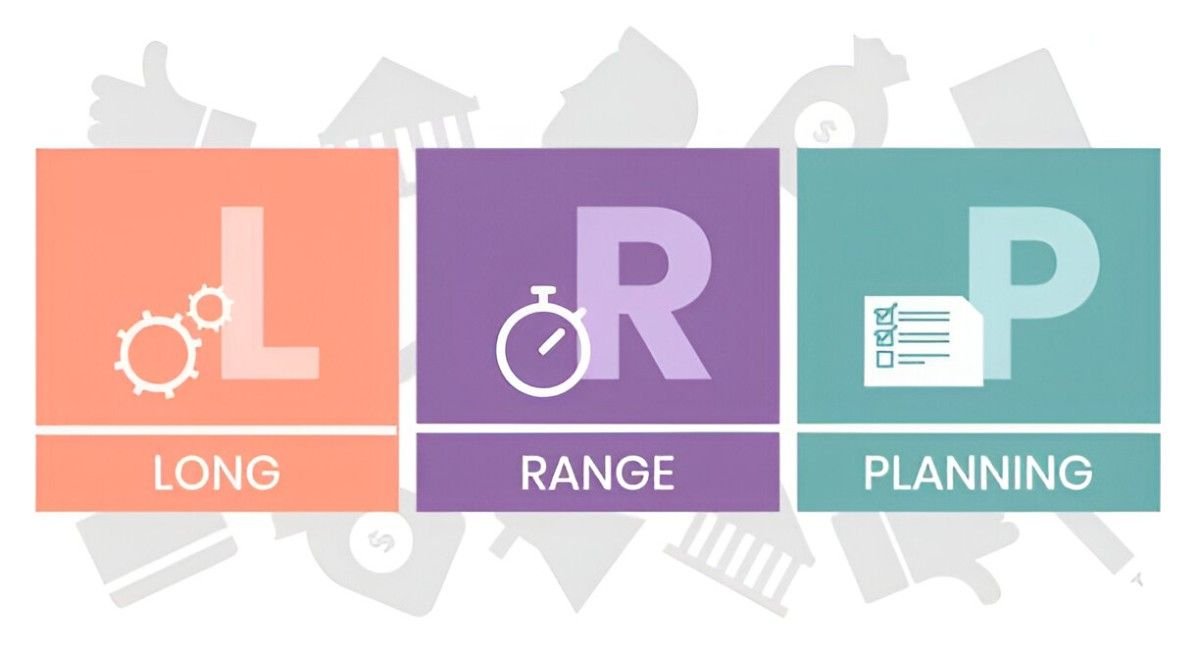Strategic planning is the backbone of any successful business, yet many struggle to create long-range plans that stand the test of time. I’ve seen companies with great ideas fail because they lacked a structured approach to forecasting, resource allocation, and risk management. In this guide, I’ll break down the fundamentals of long-range planning, provide actionable steps, and illustrate key concepts with real-world examples.
Table of Contents
Why Long-Range Planning Matters
Most businesses focus on short-term gains, but the ones that thrive decades later are those that think ahead. A study by Harvard Business Review found that companies with formal long-range plans outperform competitors by 15\% in revenue growth over five years. The reason? They anticipate market shifts, allocate capital efficiently, and mitigate risks before they escalate.
The Difference Between Short-Term and Long-Term Planning
Short-term planning (1-2 years) deals with immediate operational needs—payroll, quarterly sales targets, and inventory management. Long-range planning (3-10 years) focuses on sustainability, competitive positioning, and scalability.
| Aspect | Short-Term Planning | Long-Range Planning |
|---|---|---|
| Time Horizon | 1-2 years | 3-10 years |
| Focus | Operational efficiency | Strategic growth |
| Risk Tolerance | Low | Moderate to high |
| Key Metrics | Monthly revenue, costs | Market share, ROI |
The Core Components of a Long-Range Plan
A robust long-range plan includes:
- Vision and Mission Alignment – What does the company aim to achieve in 10 years?
- Market Analysis – How will industry trends impact the business?
- Financial Projections – Revenue, expenses, and capital investments.
- Risk Assessment – Identifying and mitigating potential threats.
- Execution Roadmap – Breaking long-term goals into actionable steps.
Financial Projections: The Math Behind the Plan
Financial forecasting is where many businesses stumble. I’ve found that a mix of top-down and bottom-up approaches works best.
Example: If a company wants to grow revenue from \$5M to \$20M in five years, the annual growth rate (r) can be calculated using the compound annual growth rate (CAGR) formula:
FV = PV \times (1 + r)^nWhere:
- FV = Future Value (\$20M)
- PV = Present Value (\$5M)
- n = Number of years (5)
Solving for r:
r = \left( \frac{FV}{PV} \right)^{\frac{1}{n}} - 1 = \left( \frac{20}{5} \right)^{\frac{1}{5}} - 1 \approx 0.3195 \text{ or } 31.95\%A 31.95\% annual growth rate is aggressive. The company must assess whether market conditions support this.
Common Pitfalls in Long-Range Planning
- Over-Optimism – Assuming constant growth without market saturation.
- Ignoring External Factors – Regulatory changes, economic downturns, or technological disruptions.
- Lack of Flexibility – Rigid plans that don’t adapt to new data.
Case Study: Blockbuster vs. Netflix
Blockbuster stuck to a brick-and-mortar model, ignoring streaming trends. Netflix, however, pivoted from DVD rentals to a subscription-based streaming service. Their long-range plan accounted for digital adoption, while Blockbuster’s did not.
Tools for Effective Strategic Planning
- SWOT Analysis – Strengths, Weaknesses, Opportunities, Threats.
- Scenario Planning – Preparing for multiple futures.
- Balanced Scorecard – Aligning financial and non-financial KPIs.
Scenario Planning Example
A manufacturing firm may consider:
- Best Case: Demand increases by 20\%.
- Base Case: Steady 5\% growth.
- Worst Case: Recession cuts demand by 10\%.
Each scenario requires different capital allocation strategies.
Final Thoughts
Long-range planning isn’t about predicting the future—it’s about preparing for it. I’ve worked with businesses that transformed their trajectories by simply adopting a structured approach. Start small, refine your assumptions, and stay adaptable. The best plans evolve with new information.





